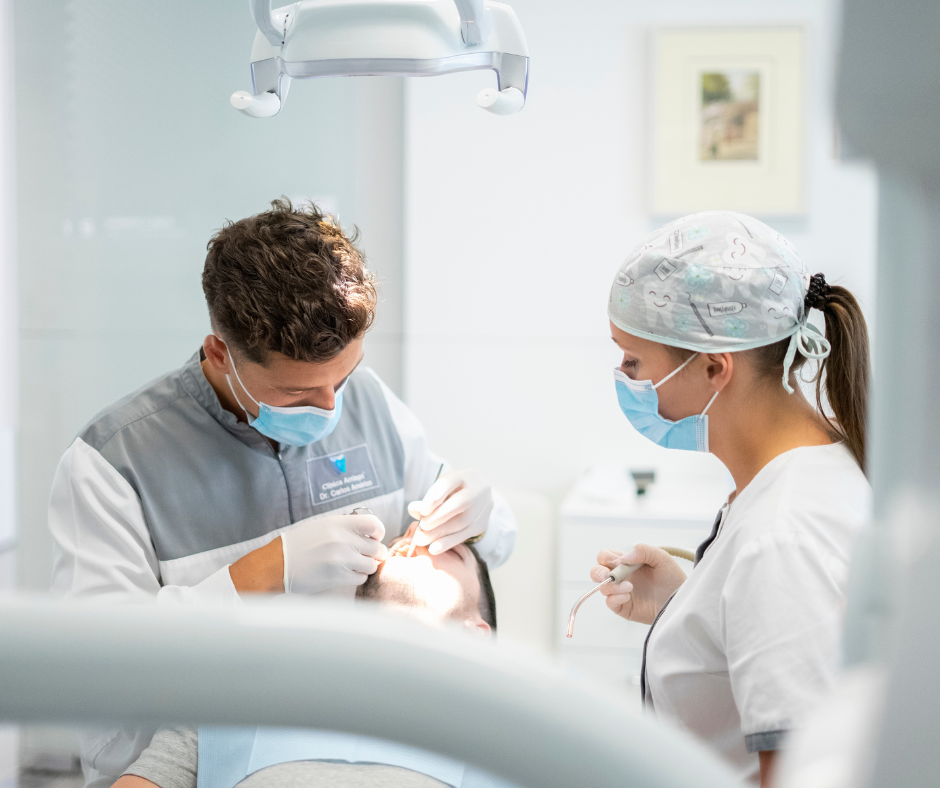How to prevent oral cancer?
Oral cancer is the 6th deadliest cancer and accounts for 2-3% of all cancers in the oral cavity. 90% of cases are squamous cell carcinoma. In Portugal, approximately 1500 new cases are diagnosed each year. However, this disease has been increasing in recent years, especially among young people. About 4% of male deaths are due to oral cancer, with a ratio of 3:2 between men and women. Additionally, oral cancer has a high mortality rate because it is often diagnosed late.
Identifying the 5 risk factors:
It is known that the incidence rate in Madeira is twice the continental average.
Risk factors include tobacco and alcohol consumption, the combination of these two habits, certain types of HPV (particularly types 16 and 18), and prolonged sun exposure. In addition to these factors, certain lesions in the oral cavity can develop into cancer. These lesions are typically painless but, when diagnosed during a consultation, can be removed through a minor surgery.
What does it look like?
Oral cancer is characterized by a red, white, or mixed irregularly shaped patch that may be ulcerated and have hardened edges.
Common Locations: The most frequent locations include the tongue’s base, the floor of the mouth, and the lower lip’s vermilion border. Additionally, the gums, edentulous ridges, inner cheeks, and palate can also be affected.
Know the 3 symptoms:
Symptoms may include difficulty swallowing, decreased tongue movement, and loose teeth.
Now, self-examination, although not entirely reliable, remains a good strategy for early detection. Individuals are encouraged to look for any changes in their own mouth and face using good lighting and a mirror. It’s important to pay attention to any alteration that doesn’t resolve spontaneously within 15 days, such as changes in color, texture, volume, presence of ulcers, with or without pain.
Furthermore, regular visits to oral health professionals (dentists, oral hygienists, stomatologists, family doctors) are crucial, as these professionals are trained to detect such lesions. Additionally, educational and promotional actions for oral health remain the best preventive strategies.
When it comes to diagnosis, a definitive diagnosis of these lesions requires a biopsy, where part or all of the lesion is surgically removed and examined histologically by a pathologist.
Finally, upon confirming a diagnosis of oral cancer, patients are referred to specialized health units, such as Head and Neck Surgery departments, to determine the appropriate treatment modality. Treatment options may include surgery, radiation therapy, or chemotherapy.




